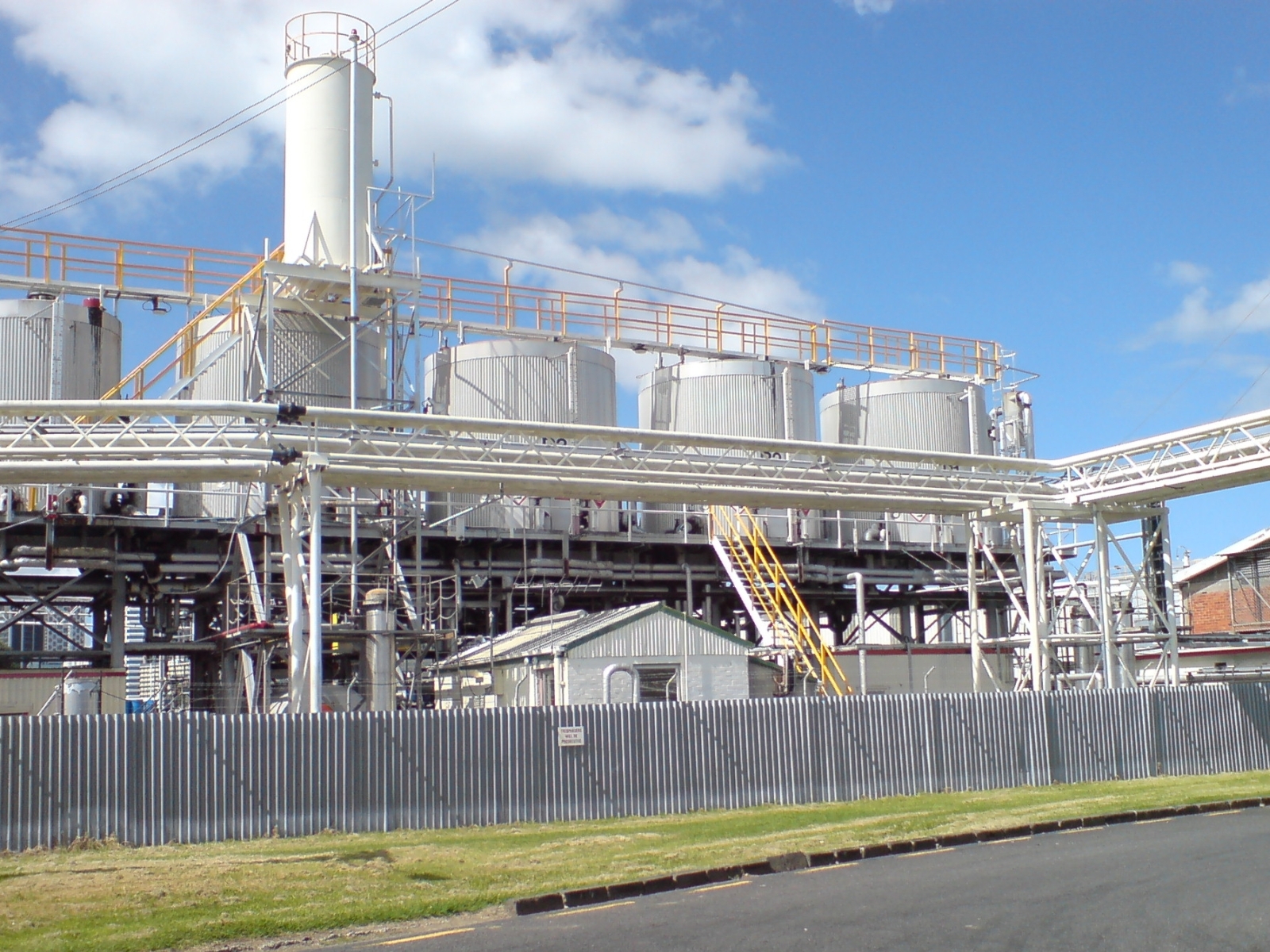On June 22, the U.S. Environmental Protection Agency (EPA) announced final rules that establish the framework for implementation of the Lautenberg Chemical Safety Act.
Safer Chemicals Healthy Families was profoundly disappointed that the final rules departed dramatically from EPA’s original proposal, heavily reflecting the input of the chemical lobby, and largely disregarding comments from the public health community. The rules fail to provide the assurance required in the law that EPA will fully evaluate and protect against the ways in which the public is exposed to and potentially harmed by toxic chemicals.
These “framework rules” are supposed to be the critical building blocks for how EPA will implement the Lautenberg Act to protect public health. When the draft rules were released in January, we were optimistic that they would require EPA to evaluate and protect the public from toxic chemicals for all conditions of use, just as the law requires. We were hopeful that the system for prioritizing chemicals for evaluation—among the thousands in commerce—would be efficient and transparent for industry and for the public. We hoped that the rule would support EPA’s ability to make thoughtful, high quality, science-based judgments on individual chemicals.
In the multi-year effort to reform U.S. chemical policy, the goal has been to restore the public’s trust in the safety of the products on store shelves and build our confidence that the EPA can protect our families from unsafe chemicals. The final rules fail to accomplish that and instead put chemical industry interests ahead of the health of our children and our families.
Safer Chemicals Healthy Families’ analysis of the rules package shows that:
- While the rules proposed by the EPA in January were generally well received by Safer Chemicals Healthy Families and the public health community, the final rules are a significant departure from the positive elements of the proposals.
- The changes in the final rules closely follow the recommendations in the chemical industry comments, but you won’t see the improvements proposed by the public health community.
- The final rules are likely to result in incomplete and insufficiently protective risk evaluations that ignore exposure pathways and use conditions and fail to meaningfully address risks to vulnerable populations. For example:
- The final risk evaluation rule backs away from the proposal of including all conditions of use and exposure pathways in risk evaluations;
- EPA asserts discretion to exclude uses and exposure when determining the activities that constitute the chemical’s conditions of use and when defining the scope of the risk evaluation itself.
- The rules send a strong signal that EPA will require little, if any, testing to fill data gaps on candidate chemicals for prioritization and risk evaluation.
- While the scoping documents for the first ten chemicals were rushed and have significant omissions, they do attempt to comprehensively describe the universe of uses and exposure.
- The problem formulation process announced with the final rule package seems intended as a mechanism to eliminate uses and exposures addressed in scoping documents, and will delay risk evaluations.
RISK EVALUATION RULE
Scope of Risk Evaluations
The final rule backs away from the proposed rule’s approach of including all conditions of use and exposure pathways in risk evaluations, instead allowing EPA to exclude some conditions of use from its evaluation.
EPA asserts discretion to exclude uses and exposure at two points:
- When determining the activities that constitute the chemical’s conditions of use and
- When defining the scope of the risk evaluation itself.
EPA’s claims of discretion are predicated on tenuous statutory language and legislative history and ignore the requirement in the law that evaluations must address “the conditions of use” of the chemical. This clearly means all conditions of use, not the ones that EPA would pick and choose.
EPA claims that it wants to use its limited resources for “highest risk” uses, but does not provide criteria for how these uses will be selected and others excluded.
Exclusions from Scope of Evaluations
The final risk evaluation rule’s preamble provides several examples of activities that will not constitute conditions of use or will be dropped at the scoping stage, including:
- Intentional product misuse
- Use in closed systems
- Use as intermediates
- Exposures from legacy uses
- Disposal of legacy chemicals (even if continuing)
- Manufacture or presence of chemical as an impurity
- Exposure to chemicals assessed/regulated by other agencies (e.g. OSHA)
- Uses with only “anecdotal” documentation
The list of excluded uses will be expanded on a case-by-case basis.
Industry-Requested Risk Evaluations
Under the January proposed rule, risk evaluations conducted in response to industry requests would address all conditions of use, just like the evaluations initiated by EPA itself, and the requesting industry would have needed to support such requests with information about all the conditions of use of the chemical and available data on exposure and hazard. In contrast, the final rule allows industry to request evaluations for specific conditions of use and to provide only information relating to these use conditions. EPA can expand the risk evaluation to include other conditions of use but is not obligated to do so.
The final rule drops the provision in the proposal directing EPA to prioritize industry-requested evaluations based on hazard and exposure potential. In contrast to the proposal, industry will not be required to submit any risk assessments it has conducted on the subject chemical.
EPA defends these changes as reflecting a Congressional intent to encourage industry to request risk evaluations.
Findings of Unreasonable Risk/Aggregate Exposure
The final rule provides that EPA will make individualized determinations of unreasonable risk for specific uses but will not make an unreasonable risk finding for the chemical as a whole or look at the combined contribution of multiple uses to total risk. This appears contrary to the law, which provides that determinations of unreasonable risk must be for the chemical substance as a whole, not for specific uses, and the requirement to integrate use and exposure information in the risk evaluation for the uses and exposures being considered.
Under the rule, risk determinations on individual uses may be made at different times in the 3-year period for completing risk evaluations. While the risk evaluation for each use would undergo peer review, there would not necessarily be peer review of the crosscutting issues common to multiple uses or vulnerable populations.
Comments submitted by SCHF and our partners supported the use of aggregate or cumulative exposure assessment for chemicals with multiple uses and exposure routes. The final rule does not address this recommendation and in fact seems to preclude aggregate and cumulative exposure assessments by requiring separate use-by-use determinations of unreasonable risk.
Definition of Scientific Terms
The final rule provides definitions of “best available science” and “weight of the evidence” (terms used but not defined in the new law).
The proposed rule explicitly reflected a policy decision by the Obama EPA not to codify definitions in rule language. In our comments, SCHF and our partners argued that the law did not authorize defining scientific terms in rule language and that guidance was the vehicle designated by Congress to perform this function. While the initial EPA proposal emphasized the dangers of rigidifying scientific judgments and preventing advances in risk assessment methodology, the chemical industry argued for rule language and provided recommended text for definitions.
In addition, because the definitions in the final rule were not included in the proposed rule, the public had no opportunity to comment on them.
PRIORITIZATION RULE
Pre-prioritization Process
The proposed rule would have created a process by which EPA would begin gathering information and filling data gaps on candidates for prioritization before making priority listings. SCHF and our partners strongly supported this approach because it would enable EPA to develop a complete database on hazards, exposures and uses before committing to prioritize and conduct risk evaluations on chemicals – better assuring that the evaluation was based on comprehensive information enabling the agency to fully assess the risks. Safer Chemicals Healthy Families asked EPA to go beyond its proposal and flesh out the stages of the pre-prioritization process so it could be applied to the first set of high-priority listings, which are required within 3.5 years of enactment of the Lautenberg Act. We also underscored the importance of a robust use of EPA’s expanded information collection and development authorities under the new law.
Based largely on industry opposition, EPA removed pre-prioritization from the final rule on the grounds that it was “confusing” and “poorly defined.” EPA will instead conduct a stakeholder process on pre-prioritization starting in Fall 2017 that may lead to an amended rule or guidance.
While acknowledging the need for “sufficient information” to conduct risk evaluations, the final rule suggests that the Agency will use TSCA information-collection authorities very sparingly. EPA states that it will collect information using a “tiered approach,” emphasizing voluntary information submission before using the mandatory mechanisms in section 4.
EPA defines the term “reasonably available information” – which it must collect to support its decisions – to exclude data from long-term studies. Several references to requiring testing to enhance the sufficiency of available information have been deleted in the final rule.
Definitions of High- and Low-priority
Although the rule incorporates the statutory definitions of high- and low-priority, it contains additional explanations of priority-setting that conflict with these definitions. For example, the rule provides that the objective of prioritization is to enable the Agency to address chemicals with the greatest hazard and exposure potential first, although this consideration is not mentioned in the law and EPA itself has said it is not establishing a formal “hierarchical or ranking” process at this time. The rule also provides that the purpose of low priority listing is “to select those chemical substances with hazard and/or exposure characteristics under the conditions of use such that a risk evaluation is not warranted at the time.”
The law simply does not provide this broad degree of discretion but requires EPA to have information sufficient to demonstrate that a low-priority substance lacks the potential for unreasonable risk – i.e. is without any potential for hazard or any potential route for exposure.
The final rule deletes the provision of the proposal directing that, if EPA determines during prioritization that a chemical fails to qualify as a low-priority chemical, it will automatically ‘default’ to high-priority status. This default mechanism seems to be simply a restatement of the statute since chemicals that can’t be shown to meet the low-priority criteria will necessarily meet the high-priority criteria because they will have a potential for unreasonable risk.
EPA offers no rationale for removing the default mechanism other than opposition from industry and the assertion that it “expects” to always have enough information for a high- or low-priority listing.
According to EPA’s rule, when listing a chemical as high-priority, it expects to have an understanding of the chemical’s conditions of use and intends to identify the specific uses that form the basis for the listing. This assumption that full use information will exist at the time of priority setting is unrealistic and could have the effect of “freezing” the chemical’s conditions of use at this initial stage and precluding further use analysis during the scoping process.
Since EPA has not conducted a risk evaluation at the time of priority listing, highlighting a specific use as the basis for listing may create a false impression that other uses have been investigated and determined to lack any potential for risk, in effect prejudging the later risk evaluation.
EPA’s prioritization rule incorporates the science definitions in the risk evaluation rule as well as the scientific “standards” in section 26(h). This could narrow the range of information EPA uses for priority setting and encourage challenges to listings based on the “quality” of the information on which they’re based.
INITIAL SCOPING DOCUMENTS ON FIRST TEN CHEMICALS AND PROBLEM FORMULATION
The scoping documents have gaps and fail to include information provided by SCHF and other commenters. They do, however, reflect a comprehensive approach to defining conditions of use and contemplate that the risk evaluation will address nearly all uses and exposure pathways.
Interestingly, however, the documents indicate that chemical uses targeted in EPA’s first three proposed section 6(a) rules (Trichloroethylene, Methylene Chloride and N-Methylpyrrolidone) will be excluded from the scope of the risk evaluation – suggesting that these rules will be finalized.
EPA indicates that it will develop “problem formulation documents” to supplement the scope documents. “Problem formulation” is not a step authorized by the law and is not discussed or defined in the risk evaluation framework rule. EPA does not explain the purpose of problem formulation except to note that the scoping documents were prepared quickly and need to be refined. Some have suggested that the purpose of problem formulation is, in fact, to narrow the scope of the risk evaluation by dropping uses and exposures identified in the scoping documents.
There was no public comment process on the selection of uses for evaluations of the first ten chemicals. EPA has established a six-month timeframe for problem formulation and indicated that it intends to solicit comments. EPA is also reopening the record for the scoping documents in order to receive additional information but has not offered any guidance on the types of information it wants to receive.
** The final framework actions package released on June 22 includes:
Final Prioritization Rule – creates process for designating chemicals as high- and low-priority
Final Risk Evaluation Rule – establishes definitions, procedures and process for conducting risk evaluations on EPA-selected and industry-nominated chemicals
Final Inventory Reset Rule – sets requirements for industry reporting of Inventory-listed chemicals as “active” or “inactive”
Guidance for Industry Risk Assessments – provides framework for risk assessments conducted by industry and submitted for EPA consideration
Scoping Documents on initial 10 chemicals – summarizes hazard, use and exposure information on 10 chemicals selected for initial risk evaluations
Initiation of Problem Formulation process – announces EPA plan to create “problem formulation” documents on initial 10 chemicals within 6 months





